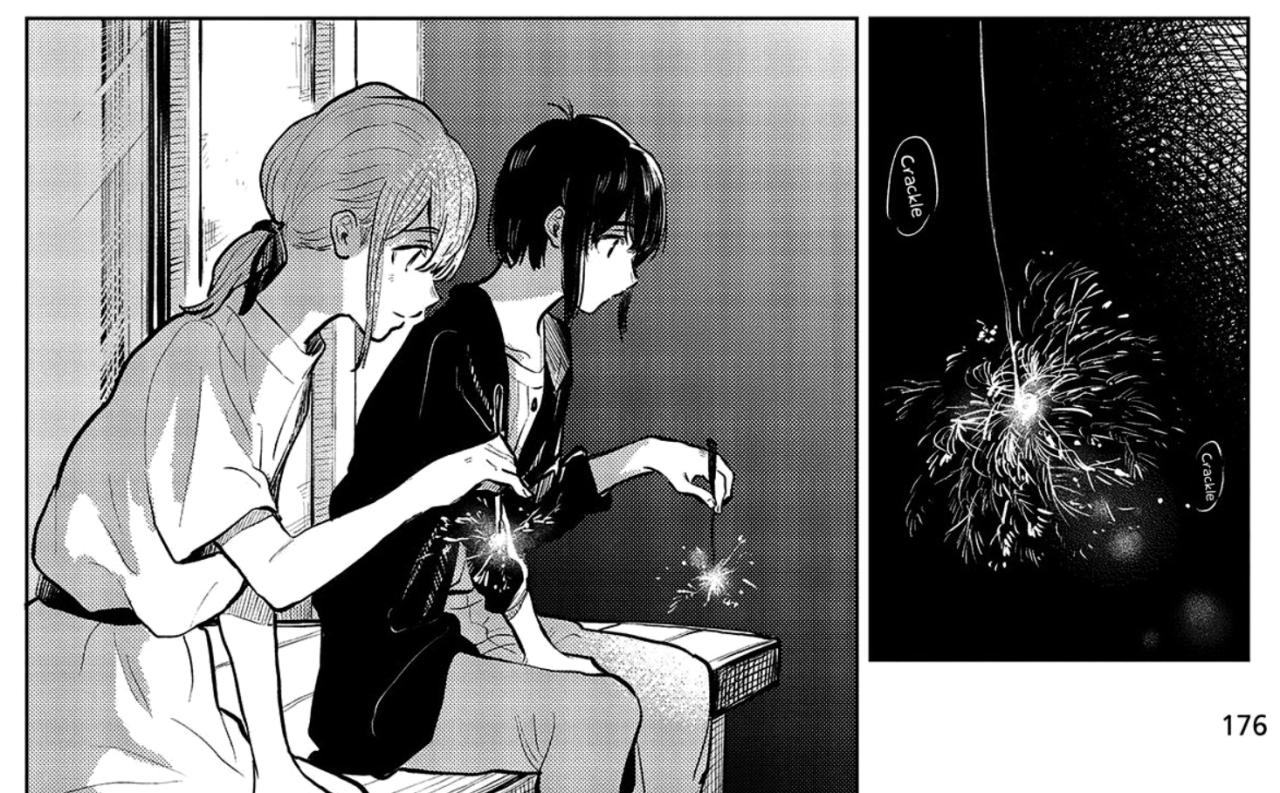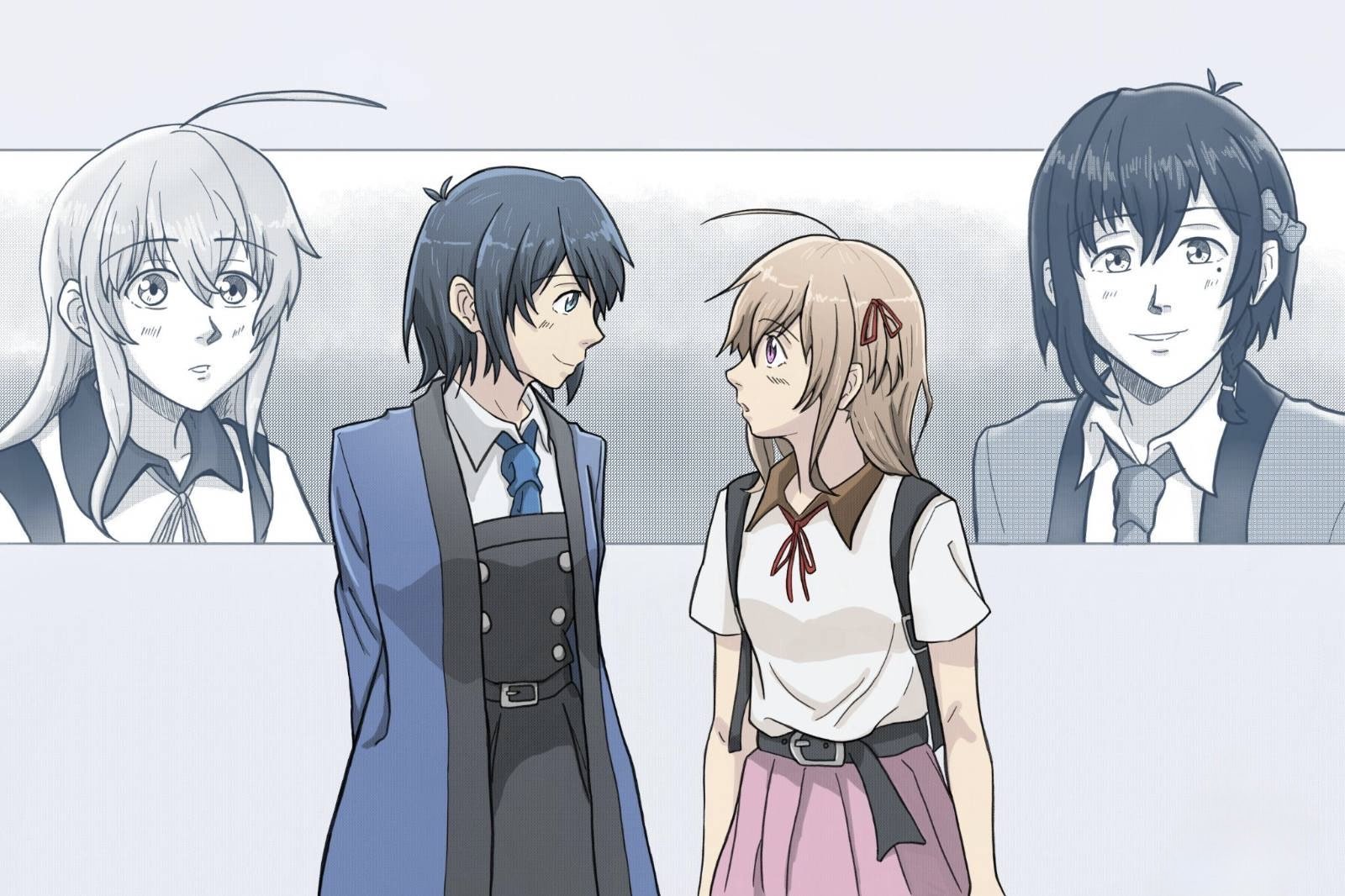This review of A Tropical Fish Yearns for Snow takes you inside Makoto Hagino’s tender shojo story about two lonely girls finding connection in an unlikely place. From the quiet seaside town to the soft tension of first crushes, the manga blends slice of life charm with heartfelt emotions. If you’re drawn to slow burn romances, expressive art, and school life stories that feel both nostalgic and intimate, this series is one you can’t miss. Available on ComicK, it’s a must-read for fans of gentle, character driven manga.
A Personal Journey into Hagino’s World
When I first stumbled upon A Tropical Fish Yearns for Snow on ComicK, I wasn’t expecting to be swept away so completely. At a glance, it looks like another high school slice-of-life, but within a few chapters, I realized Hagino’s story carried an emotional weight that lingers long after you close the book. The subtle way loneliness is drawn, and how two girls slowly find solace in each other, felt both relatable and achingly beautiful.
Reading it reminded me of that raw, fragile stage of youth when every glance, every hesitation, felt monumental. Hagino captures this vulnerability with such honesty that I couldn’t help but see pieces of myself in Konatsu’s anxieties and Koyuki’s quiet longing. That personal resonance is why this manga stayed with me.

More than anything, what stood out was how natural the emotions felt. The story doesn’t rush. It doesn’t force drama. Instead, it lets the silence, the pauses, and the smallest of moments speak volumes. And that’s what makes it so captivating.
Konatsu Amano: A City Girl Out of Place
Konatsu Amano is introduced as a Tokyo girl suddenly thrown into a slower, quieter seaside town. From the very first chapter, I felt her unease her uncertainty in a new environment, her awkward attempts to fit in, and that sense of isolation that’s painfully familiar to anyone who has ever been “the new kid.”
Hagino paints Konatsu with layers: she’s dramatic at times, anxious often, but also fiercely empathetic. Watching her fumble through small decisions, like choosing between two clubs, gave me flashbacks to high school moments where even the tiniest choices felt overwhelming. That authenticity is what makes her so relatable.
As the series progresses, Konatsu begins to adapt, but she never loses her sense of vulnerability. Her character arc is less about dramatic change and more about quiet growth a subtle shift from loneliness toward connection. And that quiet journey makes her one of the most genuine shojo heroines I’ve read in years.
Koyuki Honami: The Lonely Star of the Aquarium Club
If Konatsu is the nervous newcomer, Koyuki Honami is her opposite: admired, pretty, and seemingly untouchable. But Hagino quickly peels back that façade, revealing a girl who is just as lonely as Konatsu. To me, Koyuki felt like the heart of the series the one whose silences and hesitations spoke louder than words.
Her connection to the aquarium was one of my favorite touches. While the boys at school see her as mysterious and desirable, she seems far more at ease with sea creatures than people. That small detail hit me it’s a metaphor for her inner world, for how she hides her feelings beneath a calm surface.
Watching Koyuki slowly let Konatsu into that private world was like witnessing the first cracks of sunlight breaking through after a long winter. Their friendship doesn’t just happen it’s carefully built, step by step, with all the nervousness and tenderness of two people learning how to be vulnerable.
The Aquarium: More Than Just a Setting
The aquarium isn’t just a backdrop in this story it’s a metaphor, a mirror, and a safe space all at once. Hagino fills it with creatures that reflect the girls’ emotional states: from shy, nocturnal salamanders to delicate fish that thrive in still waters. Every scene set there feels loaded with meaning.
For me, one of the most powerful moments was when Konatsu began to see herself and Koyuki reflected in those creatures. The idea of the salamander and the frog became more than just a biology lesson it was a symbol of their bond, their differences, and the fragile but undeniable connection forming between them.
The aquarium also grounds the story in reality. Beyond the metaphors, it’s where Konatsu learns responsibility, where she starts to feel needed. That sense of purpose, however small, plays a crucial role in pulling her out of loneliness.
Themes of Loneliness, Friendship, and First Love
At its core, A Tropical Fish Yearns for Snow is about the aching beauty of connection. Loneliness runs like a quiet undercurrent through every page, but it’s never portrayed as something dramatic or melodramatic. Instead, Hagino presents it in all its subtle forms missed texts, nervous silences, glances that linger too long.
The friendship between Konatsu and Koyuki slowly shifts into something more tender, and those small milestones exchanging phone numbers, attending the summer festival, holding hands beneath fireworks hit harder because of their simplicity. They feel earned, delicate, and deeply human.
Reading those scenes, I couldn’t help but remember the intensity of my own teenage crushes how something as small as a smile or a text could feel like the center of the world. Hagino taps into that universality, and that’s why the story resonates so much.

The Art Style: Expressions That Speak Louder Than Words
Hagino’s artwork deserves as much praise as the writing. The style is clean, modern, and undeniably shojo, but what makes it exceptional are the expressions. Every blush, every hesitant glance, every moment of awkward silence is rendered with such care that you can almost feel the characters’ emotions seeping off the page.
There were moments when I caught myself pausing just to admire how perfectly an expression matched the dialogue or the lack of it. That ability to communicate so much with so little is what gives the manga its quiet power.
The bonus comics at the end of each volume, where Hagino shares her inspirations and process, only deepened my appreciation. It’s rare to see an author so candid about her creative journey, and it added a layer of intimacy that made me feel even closer to the story.
Why You Should Read It on ComicK
Finishing A Tropical Fish Yearns for Snow left me with that rare, lingering warmth a mix of nostalgia, tenderness, and the bittersweet reminder of how fragile and beautiful first connections can be. It’s not a loud or flashy story; it’s quiet, deliberate, and deeply human.
For readers who crave more than just clichés, who want a shojo that takes its time to explore vulnerability, friendship, and the slow bloom of love, this manga is a gem. It’s the kind of story you don’t just read you feel it.
And if you want to experience it for yourself, you can find it on ComicK. Trust me, if you give it a chance, you’ll find yourself yearning for more of that tender, snow-like stillness long after the last page.
Read more:
- Review Tensei Shitara Slime Datta Ken – The Ways of Strolling in the Demon Country
- Review Moriarty the Patriot: The Rise of an Anti-Hero Genius
